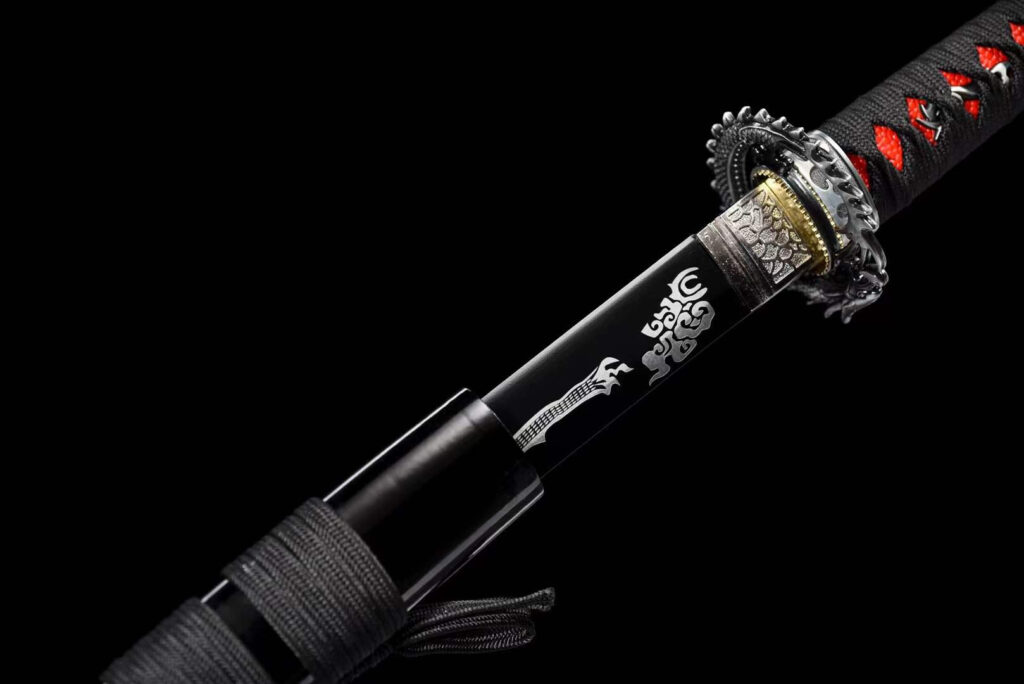
# Japanese Blade: A Timeless Symbol of Craftsmanship and Tradition
Japanese Blade: A Timeless Symbol of Craftsmanship and Tradition
For centuries, the Japanese blade has stood as a testament to the unparalleled skill and dedication of its creators. From the legendary katana to the humble tanto, these blades are not merely tools or weapons but works of art that embody the spirit of Japan’s rich cultural heritage.
The Art of Japanese Swordsmithing
The creation of a Japanese blade is a meticulous process that can take weeks, months, or even years to complete. Swordsmiths, known as tosho, follow ancient techniques passed down through generations. The process begins with the selection of high-quality steel, which is then folded and hammered repeatedly to remove impurities and create a strong, flexible blade.
One of the most distinctive features of a Japanese blade is its hamon, the wavy pattern along the edge of the blade. This is achieved through a process called differential hardening, where the edge is coated with a special clay mixture before being heated and quenched. The result is a blade that is both razor-sharp and incredibly durable.
Types of Japanese Blades
Japanese blades come in various forms, each with its own unique purpose and design:
- Katana: The most iconic Japanese sword, known for its curved, single-edged blade and long grip designed for two-handed use.
- Wakizashi: A shorter sword often worn alongside the katana by samurai, serving as a backup weapon.
- Tanto: A small dagger or knife, used for close combat or as a utility tool.
- Naginata: A polearm with a curved blade, traditionally used by samurai and warrior monks.
The Spiritual Significance of Japanese Blades
In Japanese culture, blades are more than just physical objects; they are imbued with spiritual significance. The process of forging a blade is often accompanied by rituals and prayers, as the swordsmith seeks to infuse the blade with a soul. This belief is reflected in the Japanese saying, “The sword is the soul of the samurai.”
Even today, Japanese blades are revered as symbols of honor, discipline, and craftsmanship. They are often passed down through generations as family heirlooms, cherished not only for their beauty but also for the stories and traditions they carry.
Preserving the Legacy
In modern times, the art of Japanese swordsmithing faces challenges from industrialization and changing cultural values. However, there are still dedicated artisans who continue to uphold these ancient traditions. Organizations and museums around the world also work to preserve and promote the legacy of Japanese blades, ensuring that this timeless craft remains alive for future generations.
Whether admired for their aesthetic beauty, historical significance, or technical mastery, Japanese blades continue to captivate and inspire. They are a reminder of the enduring power of human creativity and the deep connection between art and tradition.
Keyword: japanese blade
